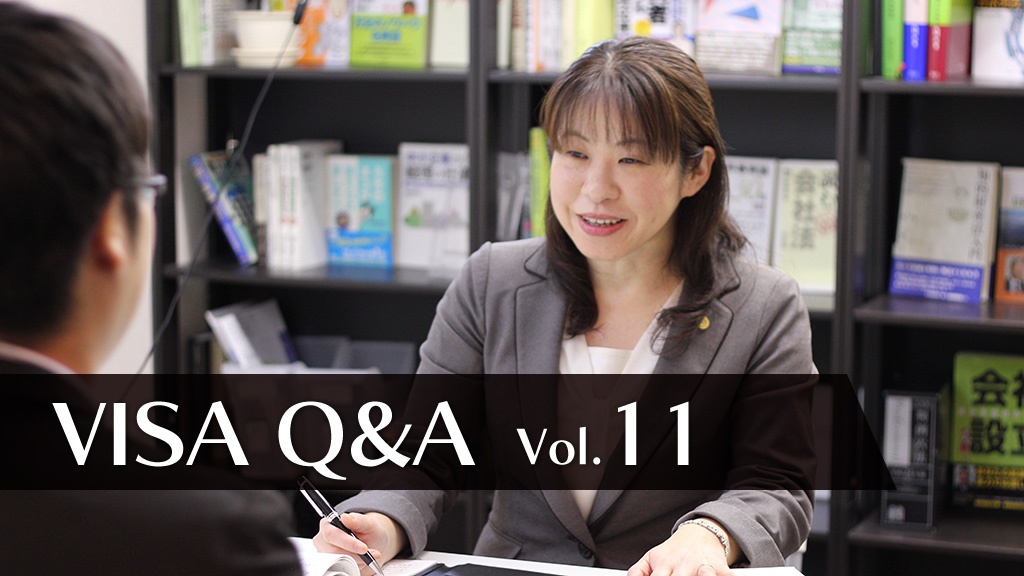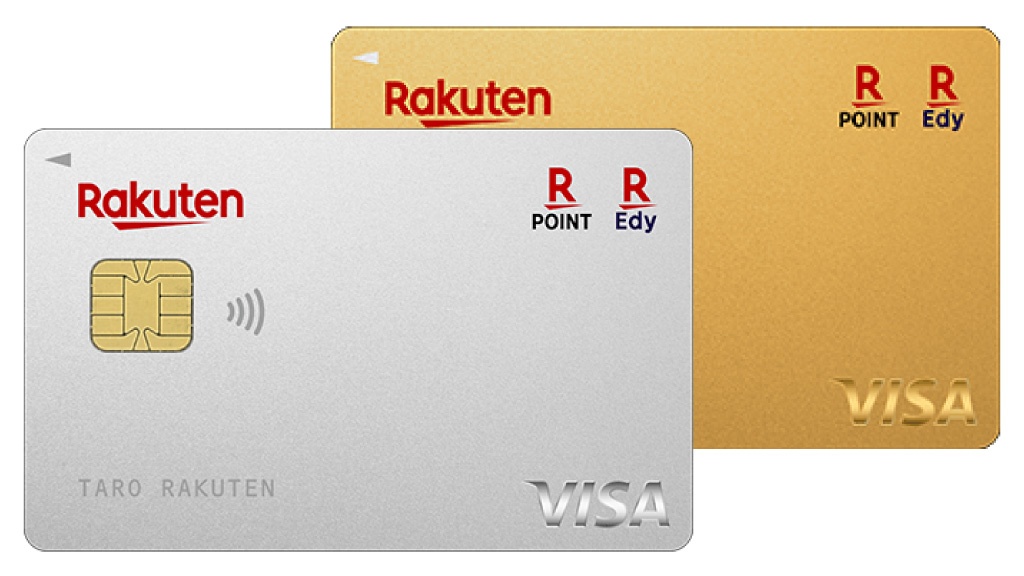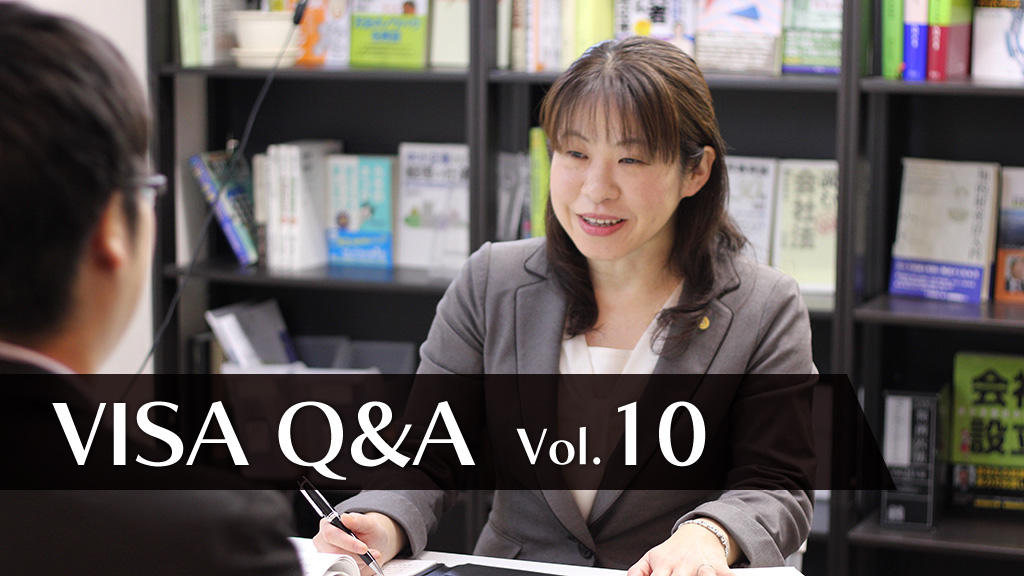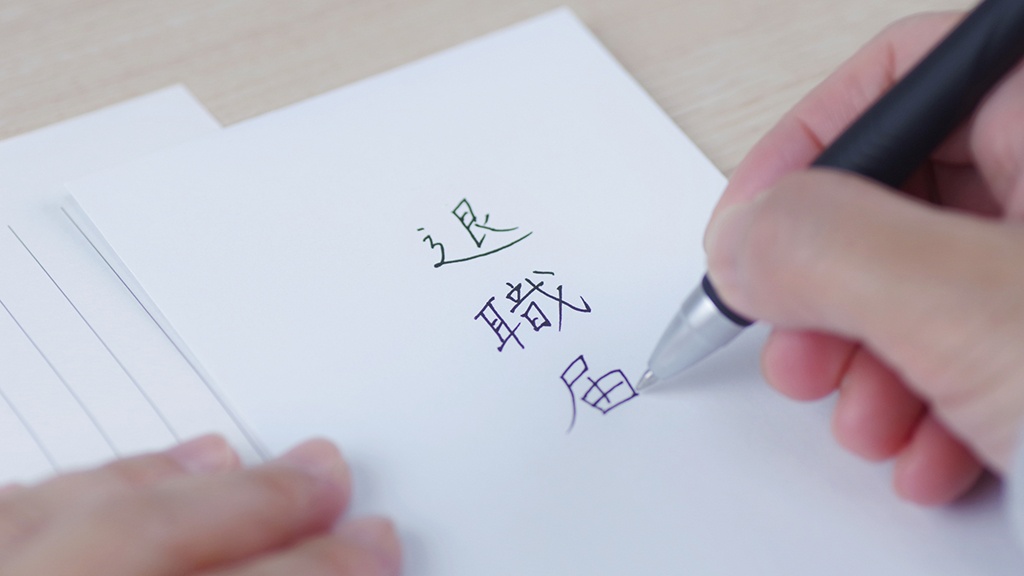When do we eat Nanakusa-gayu? List of Ingredients and Meanings
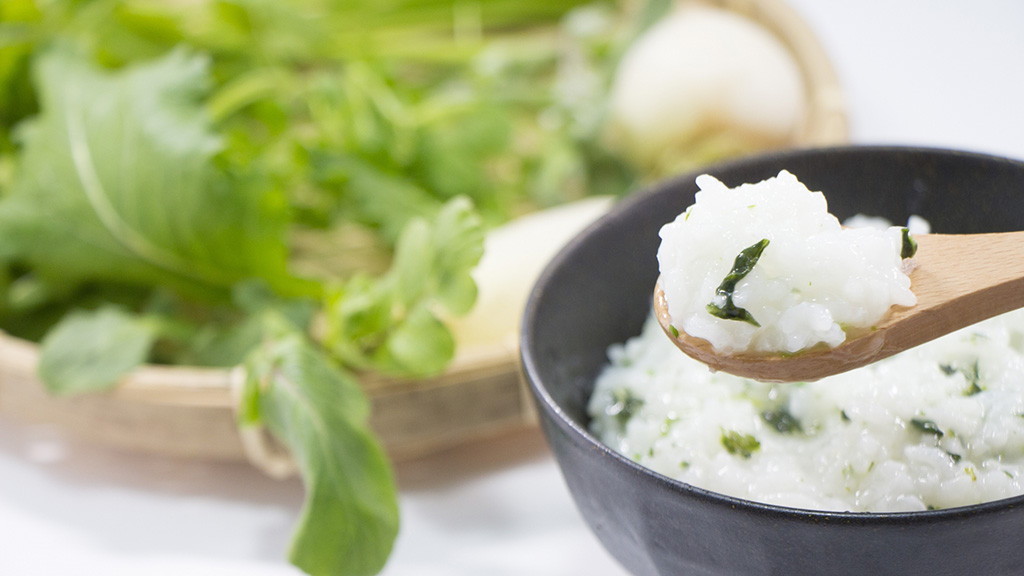
This post is also available in 日本語
From ancient times in Japan, there has been the practice of eating “Nanakusa Gayu” on the morning of January 7th. “Nanakusa Gayu” is rice porridge with “Haru-no Nanakusa”, seven types of herbs. In addition to wishing for sound health over the year, it is said that this is eaten to rest your stomach that is tired from the New Year food. On this occasion, I would like to introduce you to “Nanakusa Gayu”.
Contents
What are “Nanakusa”?
“Nanakusa” includes the “seven herbs of spring” and “seven herbs of autumn”. Each refer to the specific herbs of the season. The “seven herbs of spring” are eaten as “Nanakusa Gayu”, but with the “seven herbs of autumn” you can enjoy the beautiful flowers. Each of the seven herbs is laid out as “5 syllables, 7 syllables, 5 syllables, 7 syllables” based on the name of the herb, so you can memorize it with a rhythm.
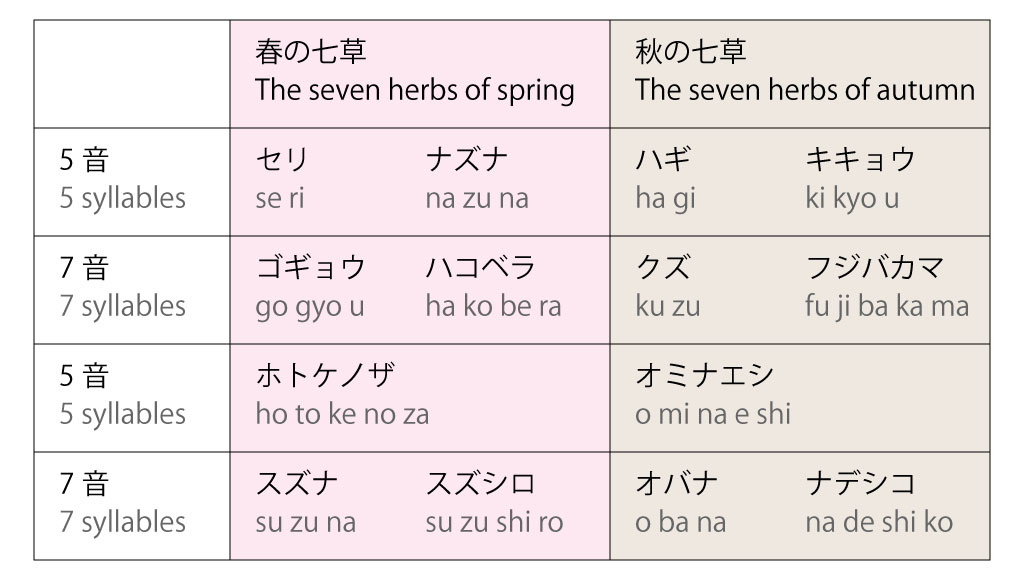
The Seven herbs of spring
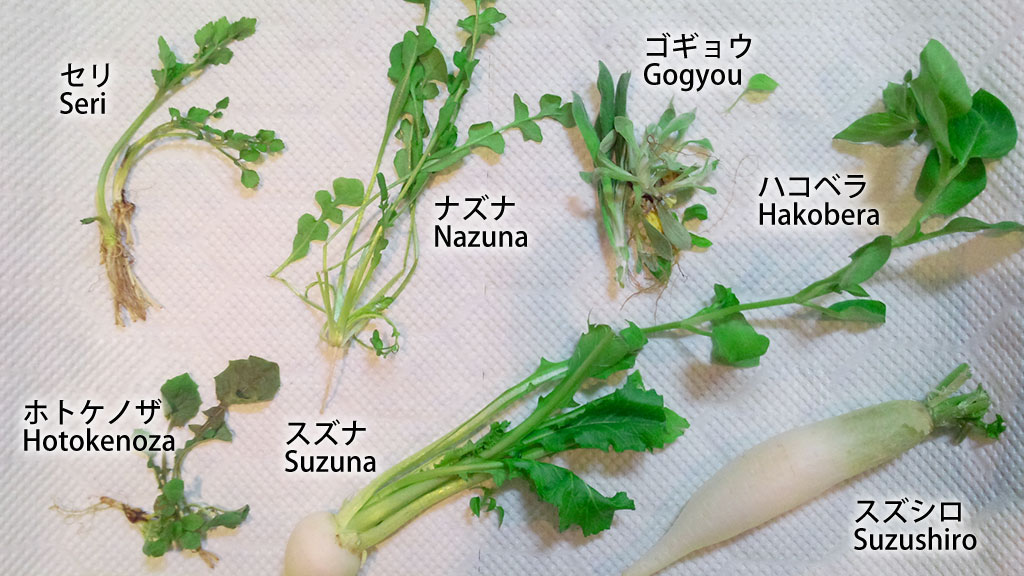
Each of these is high in vitamins and has an intestinal regulation function. The respective names also have meanings that include good fortune.
- Seri (Water dropwort)
This has the meaning of “winning competition”. - Nazuna (Shepherd’s purse)
This is also called “Pen-pen-gusa” and has the meaning of “rubbing away dirt”. - Go-gyo (Cudweed)
This has the meaning of “Buddha’s body”. - Hakobera (Chickweed)
This is also called “Hakobe” and has the meaning of “spreading the prosperity”. - Hotokenoza (Henbit)
This means “place where Buddha sits”. - Suzuna (Tunip)
This is an old name for “turnip” and means “bell for calling god”. - Suzushiro (Daikon raddish)
This is an old name for “giant radish” and means “pure white”.
The recipe for “Nanakusa Gayu”
“Nanakusa Gayu” is typically made in the home. You should get a package of “seven herbs of spring” in a supermarket until the 6th. There are also freeze-dried products convenient for cooking.
1. Make “Okayu (rice porridge)”
Although “Okayu” can also be made in both a pan or a microwave oven, it is simple to use a rice cooker. You can also purchase “boil-in-the-bag” products.
- When using “boil-in-the-bag” products
It is possible to purchase “Shiragayu (rice porridge made of only white rice and water)”. Warm up it and just add a pinch of salt. - When making in a rice cooker
Rice cookers often include a function to make “Okayu”, so all you need to do is follow the instructions for rice and water quantity. Cook after adding a pinch of salt to the rice and water. - When making in a microwave oven
Add water and a pinch of salt to the cooked rice, and heat for 5 minutes at 500W. If it looks like it will boil over, stop the heat. Once it is heated, cover with plastic wrap and steam for approximately 10 minutes. - When cooking in a pot
Add water and a pinch of salt to the cooked rice. Cover and heat on high. When it comes to a boil, turn the heat to low and cook for about 20 minutes. If it appears likely to boil over, slide the lid askew a little.
2. Preparing the seven herbs
- Peel and thinly slice the “Suzuna” and “Suzushiro”.
- For other herbs, cut into sizes in which they are easy to eat.
- Sprinkle on a pinch of salt, and after lightly rubbing them, leave for 10 minutes.
3. Mix the “Okayu” and the seven herbs
Mix the “Okayu” and herbs together to complete. Keep salt to a minimum while cooking and add, as necessary, from the table where insufficient.
- Advantages and Disadvantages of Making a Second Rakuten Card
- Types of Tea Often Drunk in Japan and Their Characteristics
- What is a yukata? Explanation of their features, how to wear them, and how they differ from a kimono
- Types of Sushi and Its History
- [Explained by a Legal Professional]Basics of Residence Cards





